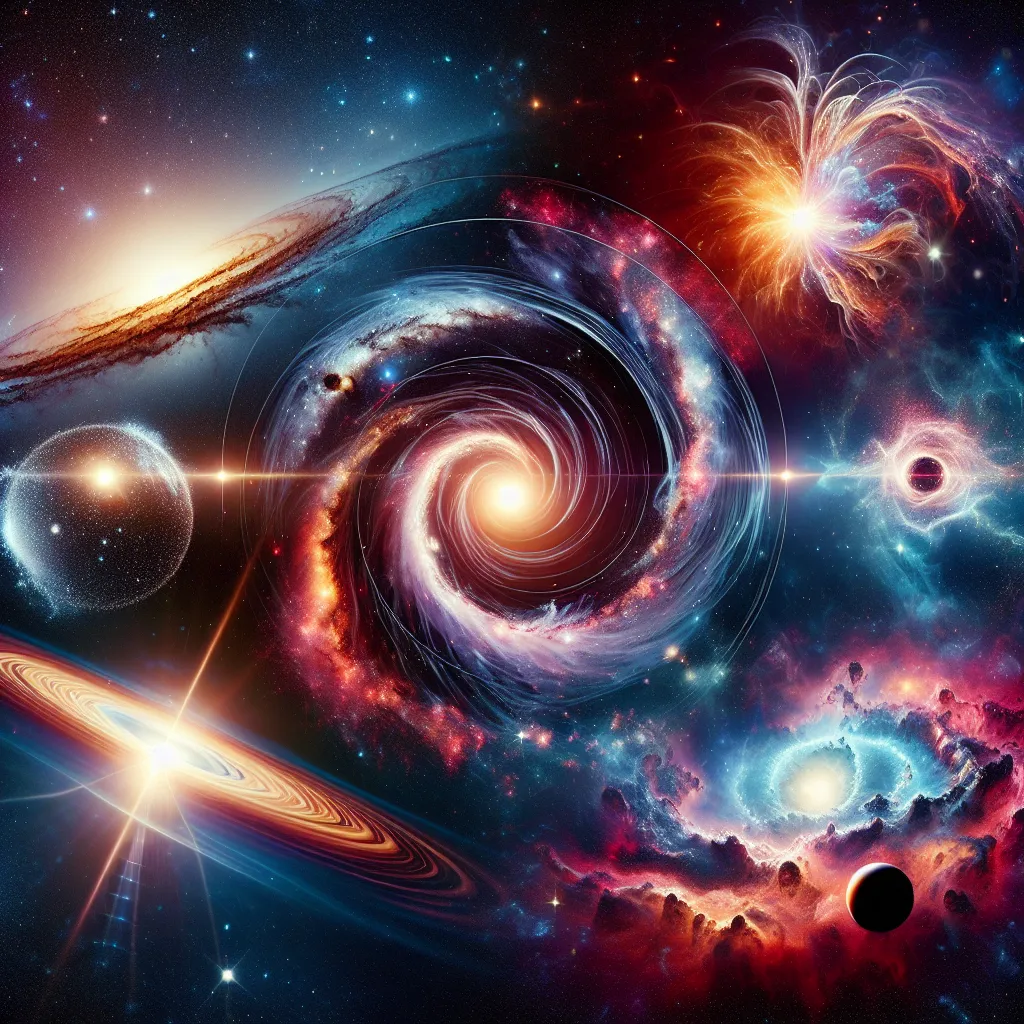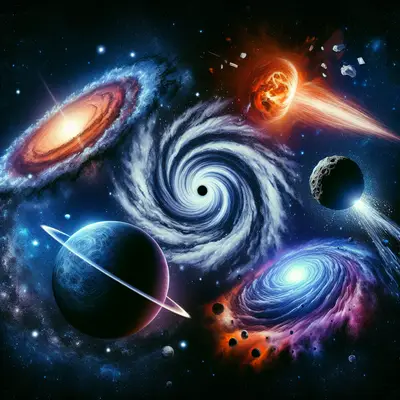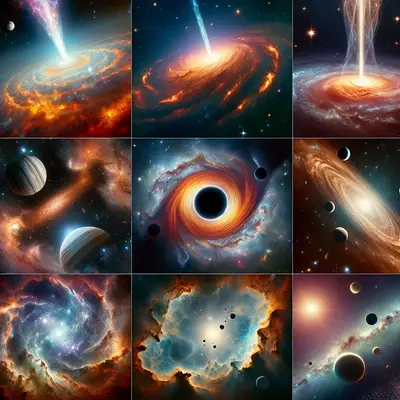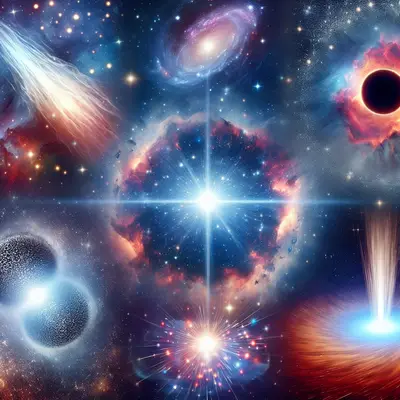The Breathtaking Aurora Borealis
The Northern Lights, or Aurora Borealis, is a spectacular light show caused by the collision of solar particles with the Earth's magnetic field. This stunning spectacle of vivid colors dancing across the night sky is not only a feast for the eyes but also a testament to the dynamic and electric nature of our planet's interaction with the solar wind.
The Cosmic Ballet of Binary Stars
About half of the stars we see in the sky are actually binary star systems, where two stars orbit each other in a cosmic ballet. This celestial dance can result in dramatic interactions, with stars exchanging matter, spiraling closer over time, or even colliding, leading to an exciting variety of astrophysical phenomena.
The Mysterious Dark Matter
Dark matter is a mysterious substance that makes up about 85% of the universe's mass, yet we can't see it or detect it directly. Though elusive, its gravitational effects on galaxies and galaxy clusters provide compelling evidence for its existence. Understanding dark matter is key to unlocking the secrets of the cosmos.
The Enigmatic Black Holes
Black holes, regions of spacetime where gravity is so strong that nothing can escape, are mind-boggling phenomena. Despite their fearsome reputation, black holes play a crucial role in the universe. They help in the formation of galaxies and might even be key to unraveling the mysteries of quantum mechanics.
The Grandeur of Nebulae
Nebulae, vast clouds of dust and gas in space, are the birthplaces of stars. These cosmic nurseries are not only essential for star formation but also create some of the most breathtaking images in the universe. The famous Pillars of Creation is one such nebula, showcasing the grandeur and beauty of these celestial phenomena.
Conclusion
The cosmos is an endless source of fascination, with each cosmic event providing a glimpse into the mysteries and grandeur of the universe. As we continue to observe and understand these incredible phenomena, we realize that we are but a small part of a vast, intricate cosmic orchestra. So, let's keep exploring, for the symphony of the cosmos is far from over.



